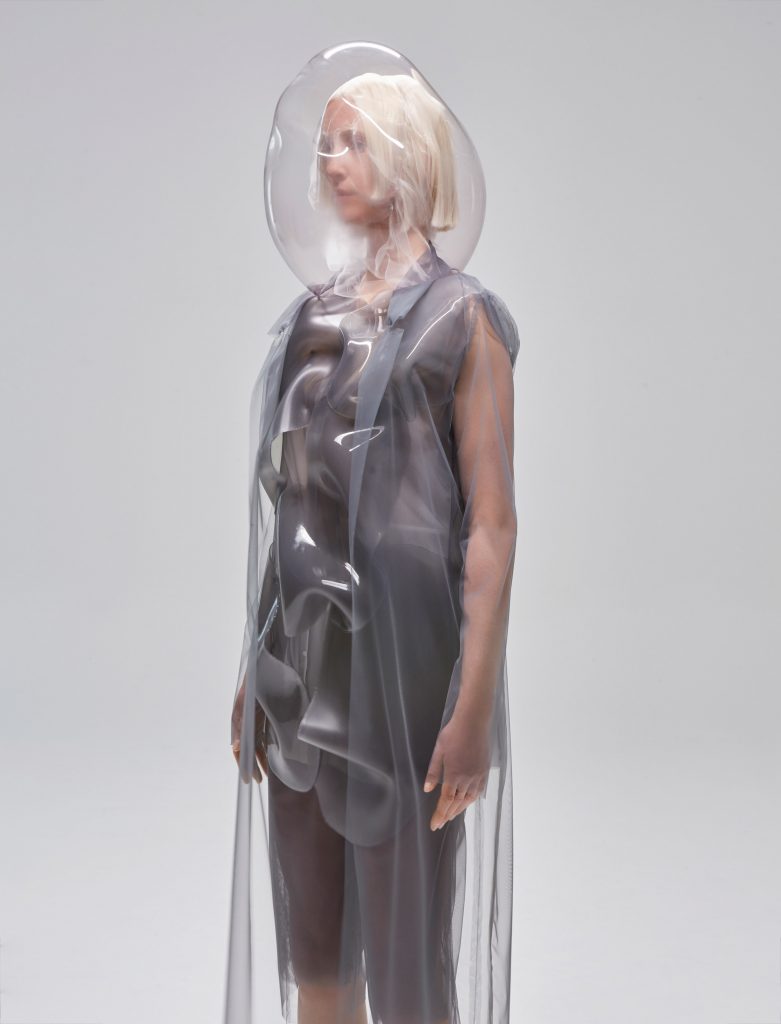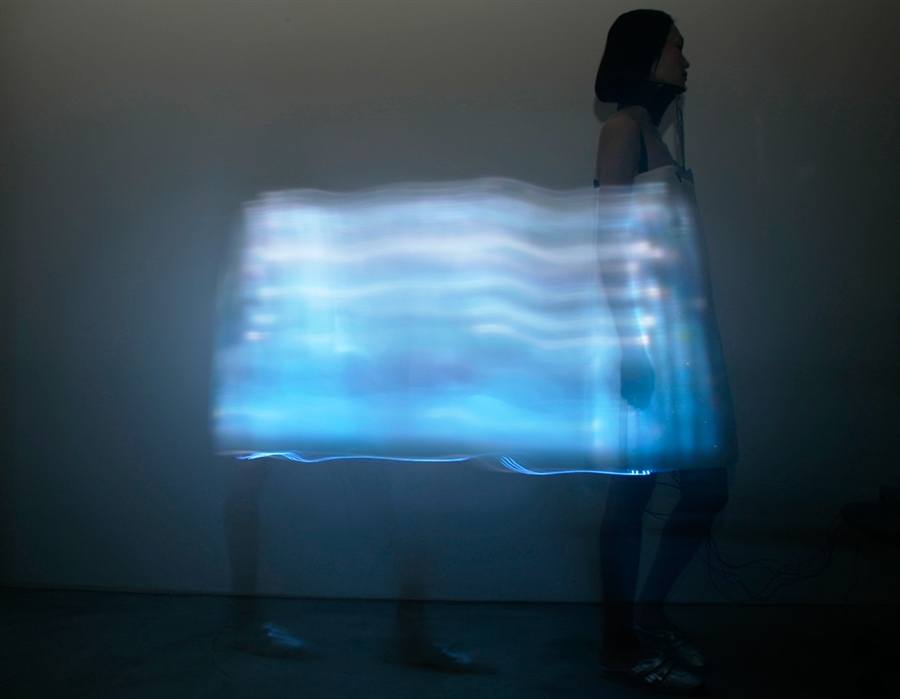sketchDownload//Isabel Xu
//Section A
var face_width = 200;
var face_length = 200;
var hair_length = 600
var hair_color = 132;
var eye_width = 30
var eye_size = 20
function setup() {
createCanvas(480, 640);
}
function draw() {
background(220);
//hair
noStroke();
fill(hair_color, 117, 82);
rect(81,88,260,hair_length,100,100,45,45);
//face
fill(247, 194, 150);
noStroke();
ellipse(width/2,240,face_width,face_length);
//ears
ellipse(width/2-(face_width/2),275,30,40);
ellipse(width/2+(face_width/2-10),275,30,40);
//upper body
fill(247, 194, 150);
noStroke();
beginShape();
vertex(width/2-35, 260);
vertex(width/2-35, 430);
vertex(width/2-175, 470);
vertex(width/2-225, 550);
vertex(width/2-225, 650);
vertex(width/2+225, 650);
vertex(width/2+225, 550);
vertex(width/2+175, 470);
vertex(width/2+35, 430);
vertex(width/2+35, 260);
endShape();
//lips
fill(190,111,82);
noStroke();
beginShape();
curveVertex(width/2-20,240+(face_length/2)-45);
curveVertex(width/2-15,240+(face_length/2)-35);
curveVertex(width/2+15,240+(face_length/2)-25);
curveVertex(width/2+30,240+(face_length/2)-35);
curveVertex(width/2+50,240+(face_length/2)-45);
endShape();
beginShape();
curveVertex(width/2-20,240+(face_length/2)-25);
curveVertex(width/2-15,240+(face_length/2)-35);
curveVertex(width/2+15,240+(face_length/2)-40);
curveVertex(width/2+30,240+(face_length/2)-35);
curveVertex(width/2+50,240+(face_length/2)-25);
endShape();
//nose
noStroke();
fill(190,111,82);
beginShape();
vertex(width/2+2, 240+(face_length/2)-75);
vertex(width/2, 240+(face_length/2)-60);
vertex(width/2+20, 240+(face_length/2)-60);
vertex(width/2+18, 240+(face_length/2)-75);
endShape(CLOSE);
beginShape();
curveVertex(width/2, 240+(face_length/2)-60);
curveVertex(width/2, 240+(face_length/2)-60);
curveVertex(width/2+10, 240+(face_length/2)-55);
curveVertex(width/2+20, 240+(face_length/2)-60);
curveVertex(width/2+20, 240+(face_length/2)-60);
endShape();
//eyes
fill(255);
ellipse(width / 2 - face_width * 0.25 +10,245 , eye_width, eye_size);
ellipse(width / 2 + face_width * 0.25 +10, 245, eye_width, eye_size);
//pupils
fill(76,50,36);
noStroke();
ellipse((width / 2 - face_width * 0.25 +10)+3, 244 , eye_width/2,eye_size*0.8);
ellipse((width / 2 + face_width * 0.25 +10)+3,244, eye_width/2., eye_size*0.8);
//garment with transparency
fill(150,190);
noStroke();
strokeWeight(3);
beginShape();
curveVertex(width/2-45,405);
curveVertex(width/2-35,425);
curveVertex(width/2-57,435);
curveVertex(width/2-175, 460);
curveVertex(width/2-225, 550);
curveVertex(width/2-205, 650);
curveVertex(width/2+195, 650);
curveVertex(width/2+225, 550);
curveVertex(width/2+175, 460);
curveVertex(width/2+57,435);
curveVertex(width/2+35,425);
curveVertex(width/2+45,405);
endShape(CLOSE);
//garment on top layer
fill(250);
noStroke();
beginShape();
vertex(width/2,610)
vertex(width/2-50,430)
vertex(width/2-170,430)
vertex(width/2-180,470)
vertex(width/2-180,650)
vertex(width/2+180,650)
vertex(width/2+180,470)
vertex(width/2+170,430)
vertex(width/2+50,430)
endShape();
//earrings *line
stroke(2); //line
strokeWeight(1);
strokeCap(SQUARE);
line(width/2-(face_width/2),290,width/2-(face_width/2),385);
line(width/2+(face_width/2)-10,290,width/2+(face_width/2)-10,385);
//earrings *rounds
if (mouseIsPressed) {
fill(99,234,232);
} else {
fill(249,239,80);
}
ellipse(width/2-(face_width/2),385,50,50);
ellipse(width/2+(face_width/2)-10,385,40,40);
}
function mousePressed() {
hair_length = random(320, 431);
face_width = random(180, 205);
face_length = random (190,220)
hair_color = random(50,132);
eye_width = random(35,50);
eye_size = random(25,35);
}
I really enjoy how the mousePressed() function realize an interaction with the player while the domain argument allows the changing color to set within a color scheme. The variables for the face part visualize a perception of mine on how everyone looks drastically different in varieties of focus lens in different cameras.
The mouseisPressed() function makes the earrings pop out from the other variables.
![[OLD FALL 2020] 15-104 • Introduction to Computing for Creative Practice](../../../../wp-content/uploads/2021/09/stop-banner.png)

